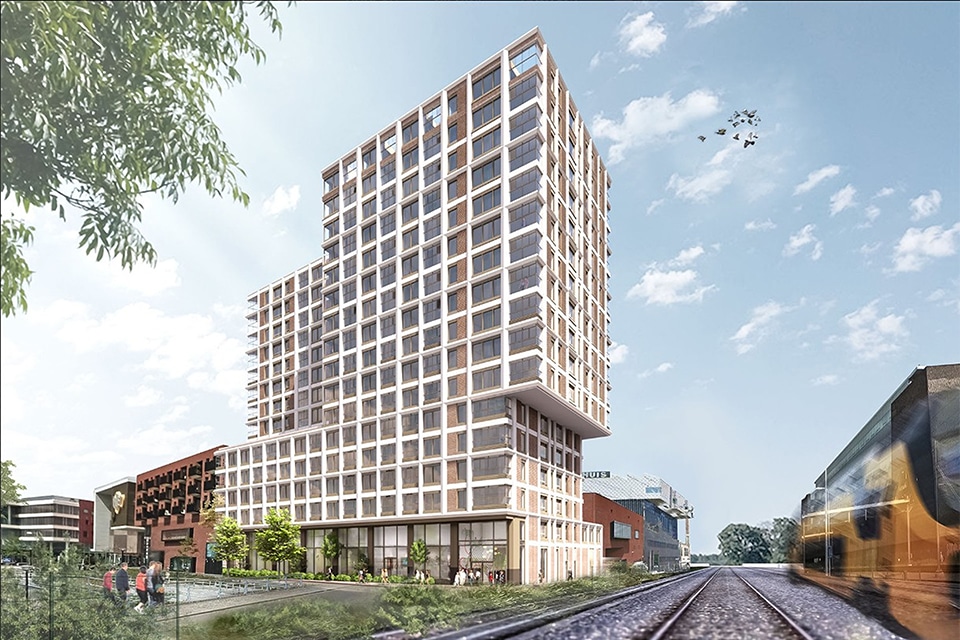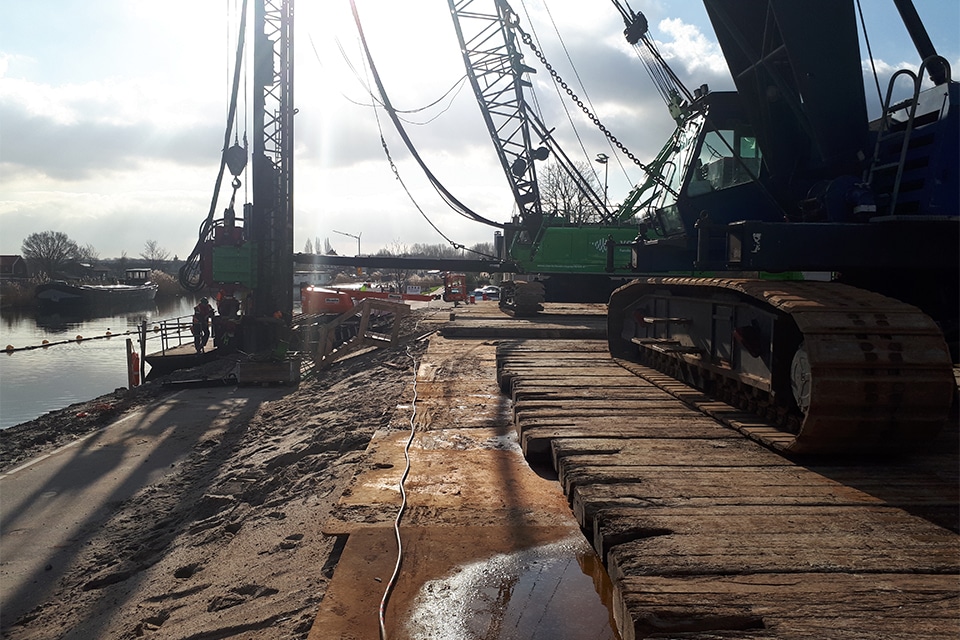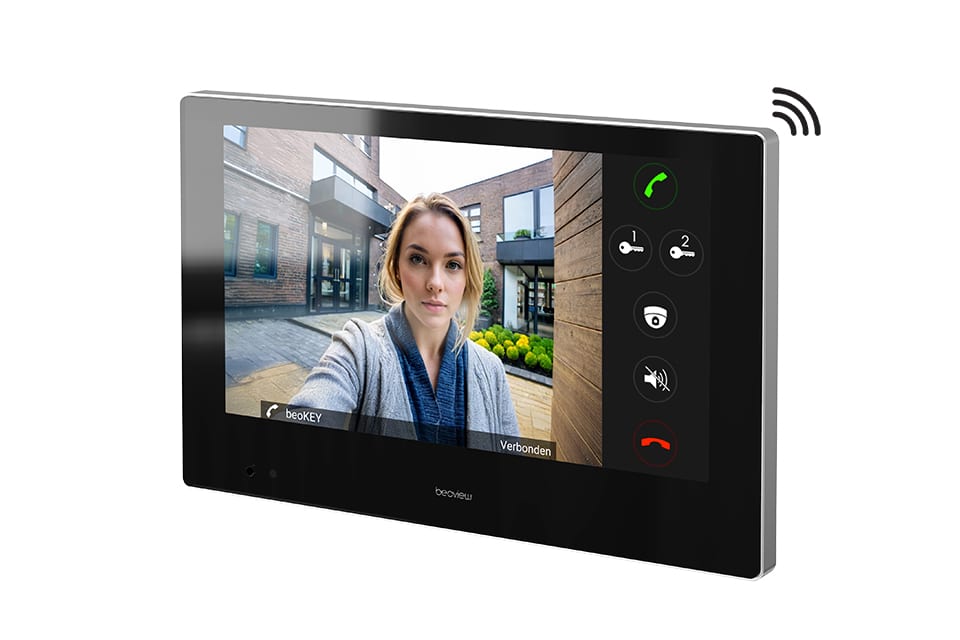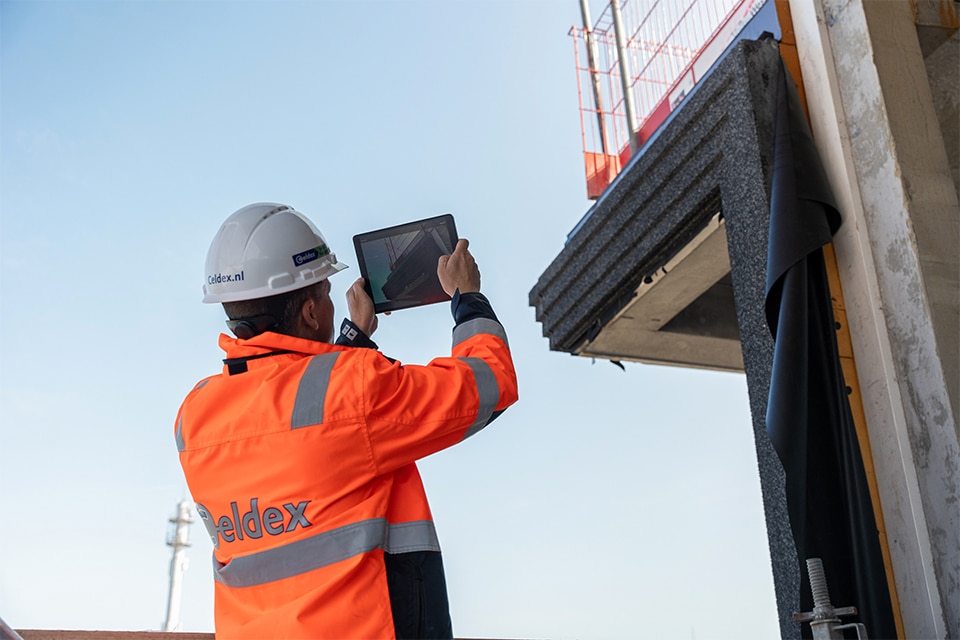
Installations out of sight on the roof
Ned Air is a manufacturer of air treatment systems, heat recovery units and roof fans that continuously thinks along with the customer and anticipates the (changing) needs of the market. This has resulted in a nice range of ventilation units for the education sector. Architects (and their clients) can also come to Ned Air with their specific requirements. Much more is possible than you might think. For example, with climate systems on roofs.
It is a familiar thorn in the side of many designers, building owners and users: unsightly rooftop climate systems. These cannot always be tucked away in a neatly finished technical room. Especially in existing buildings, this is generally not an option. So the outdoor units are given a place on the roof and in plain sight. "Not necessary at all," says Wouter Wijma, director of Ned Air. "Our SkyLine series can be made so low that in most situations you don't see anything of the climate systems on the roof."
SkyLine
The idea for these flat ventilation units came about in response to a customer's request. Wijma: "He didn't need such a large gray box on his roof either, so we started building a first unit with a capacity of 1,000 m3/h in our factory. You then notice that the customer was so satisfied with this, that it can apparently be a very valuable modification. That prompted us to make a series of them under the name SkyLine, which is now also available with capacities of 2,000, 3,000 and 4,000 m3/h while there is also already an application for 7,500 m3/h."

Dual use of space
The SkyLine is based on an existing system but laid on its side. The components are adapted to the new shape of the housing. "With that, we can go up to three and a half meters wide and then you do reach the maximum processable width with 7,500 cubic meters," explains Wijma. "The beauty - literally and figuratively - is not only that you can hardly see the unit from ground level. We can supply the casing in any color so that it blends in against the bitumen surface, for example. Even the residents of surrounding apartments then hardly see them. These are interesting details for architects. Another advantage is that it is reasonably simple to extend solar panels over the installation with a steel frame. So double use of space." Several units from the SkyLine series have now been installed at various schools.
Data and sensors
Meanwhile, Ned Air is developing new products and concepts on several fronts and refocusing its business strategy. "We are going to work much more with data, after all, it comes in every day from a large number of installations. That is one of the tools to serve our customers, the installers and end users, even better. The role of data and thus sensors will increase at an accelerated rate in the coming years. In this context, we are developing a new school concept together with TU Eindhoven, installer Kropman, ISSO and a school organization, among others. The idea behind it was: we now put 950 m3 into a school room per hour. Can't that be reduced? If you distribute the air more efficiently and in the right place, you need much less. We now measure the air quality at one point; perhaps it is much better at one spot in a room and less so elsewhere. By doing research, dividing rooms into different zones and working with multiple sensors, we want to find out. Something is known about this, but not in detail. To measure is to know. To measure even more is to know even more."



